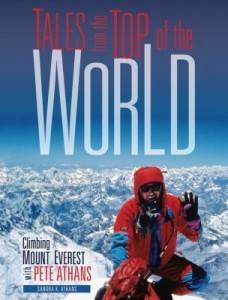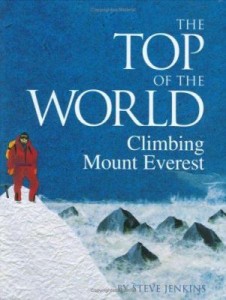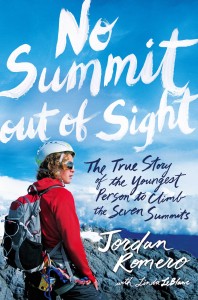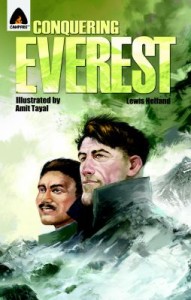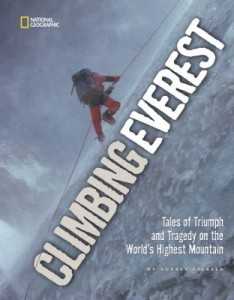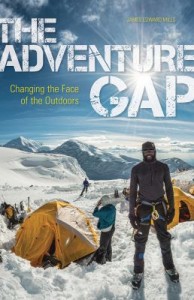UPDATE (9/20/2016): I just learned that not only is Google Expeditions available to everyone, it is also available on iOS! I will be VERY busy this weekend planning ways to use this with my students. HOORAY!
Thanks to some financial assistance from my Instructional Technology Specialist’s budget, I was able to attend the Texas Computer Education Association annual conference in Austin for the first time this year. While it definitely isn’t worth replacing my annual attendance at the Texas Library Association annual conference, I found it a worthwhile event for exploring how to use technology with students in ways that are meaningful, easy to implement and productive. I recommend it for any librarian and educator, not only those teaching classes directly relating to the use of computers and technology.
One of my favorite parts of the conference was the opportunity to experience the new Google Expeditions Program using the Google Cardboard devices. WOW. For someone who loves to travel as much as I do, this is an AMAZING resource and is going to make my Library THE place to be. It’s still in Beta right now, but I am very much looking forward to using it regularly with my students. We are already researching ways for students to construct their own Google Cardboard devices using our campus makerspace, and I absolutely intend to purchase additional devices for the Library. We currently have two, but they are getting little use right now. Trust me, as soon as I have full access to the Google Expeditions Program that is all going to change.
Our “guide” took us on a trip to Mt. Everest. Of course the virtual experience will never match a physical adventure, but this was AWESOME and will engage students completely. The 360 degree 3-D images are superb and the teacher scripts will make classroom “journeys” easy to lead – though it might be difficult to keep participants on track. All of us were looking everywhere but where our “guide” was telling us to look because we were in awe of the “view,” but it was nice to know that as teachers, we will have the ability to see where our students are focusing their attention and adjust our lesson accordingly. The level of detail is so precise that the viewer is truly immersed in the experience. I was a little nervous looking down from my perch on a rickety swinging bridge across an icy gorge, and could easily imagine the frosty wind tearing across the base camp.
There are still a few things on my list before fully executing the Google Expeditions Program on my campus (such as, you know, actually having access to Google Expeditions…) but once it is out of Beta I intend to take my students on virtual field trips regularly. I would like have a monthly featured destination where I lead “trips” and provide an array of resources about or related to that place. Here are some of the titles I would display (or add to an interactive ThingLink) for our “trip” to Mt. Everest:
I encourage you to apply to the Expeditions Pioneer Program. I wasn’t selected, but you may have better luck (no hard feelings – I know the developers want the program to be top notch before the official public release).
Happy Adventuring!

